With the widespread availability of plate glass at the end of the nineteenth century, department stores and window-shopping culture flourished in cities and towns throughout Pennsylvania – especially during the holiday shopping season near the end of the calendar year.
From the rise of Solomon Boscov’s Boscov’s Department Store in Reading to the competition between Kauffman’s and Gimbel’s stores in Pittsburgh, the twentieth century department store was a glittering figure in the play of the annual holiday season across religious traditions like holiday window shopping.
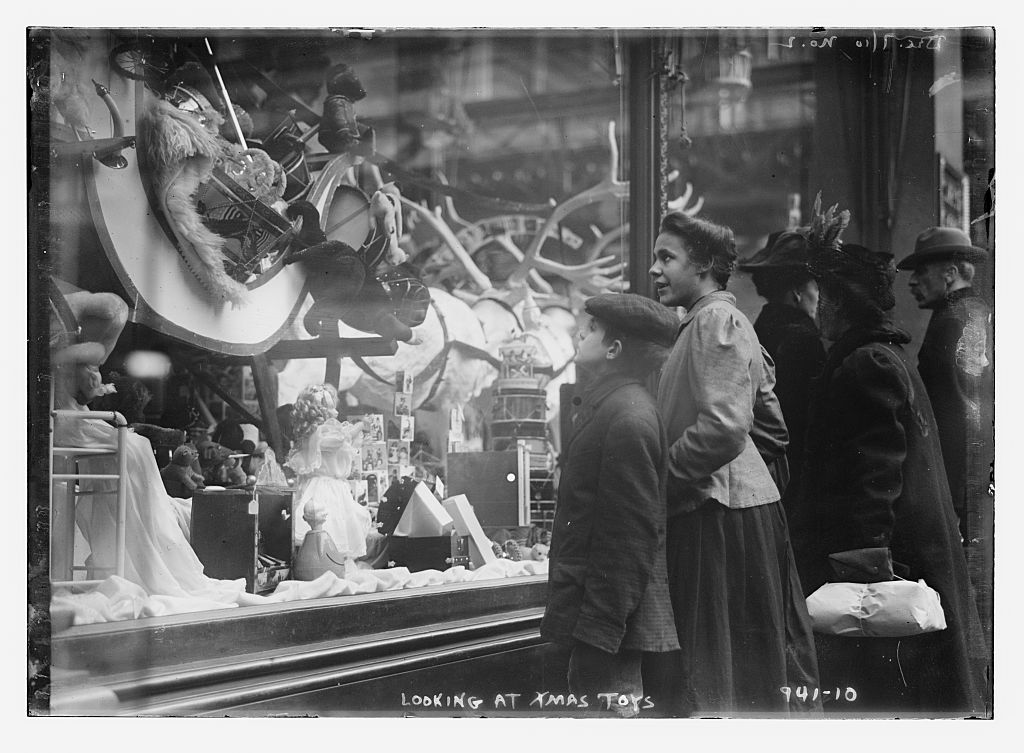
While the role that department stores play in our holiday experiences has evolved in the twenty-first century, window shopping has long been a safe socially distanced seasonal activity. Even more so, during a pandemic – what can be safter than taking a stroll through some brief background histories of a few of Pennsylvania’s historic department stores!
Pennsylvania is fortunate to boast National Register listed and eligible examples of this type of historic resource in many corners of the commonwealth. Here are just a few…
Lit Brothers Department Store, Market Street between N. 7th and 8th Streets, Philadelphia
As Pennsylvania’s largest city, the commercial offerings of Philadelphia have long been dramatic, and the gleaming five story Lit Brothers Department Store.
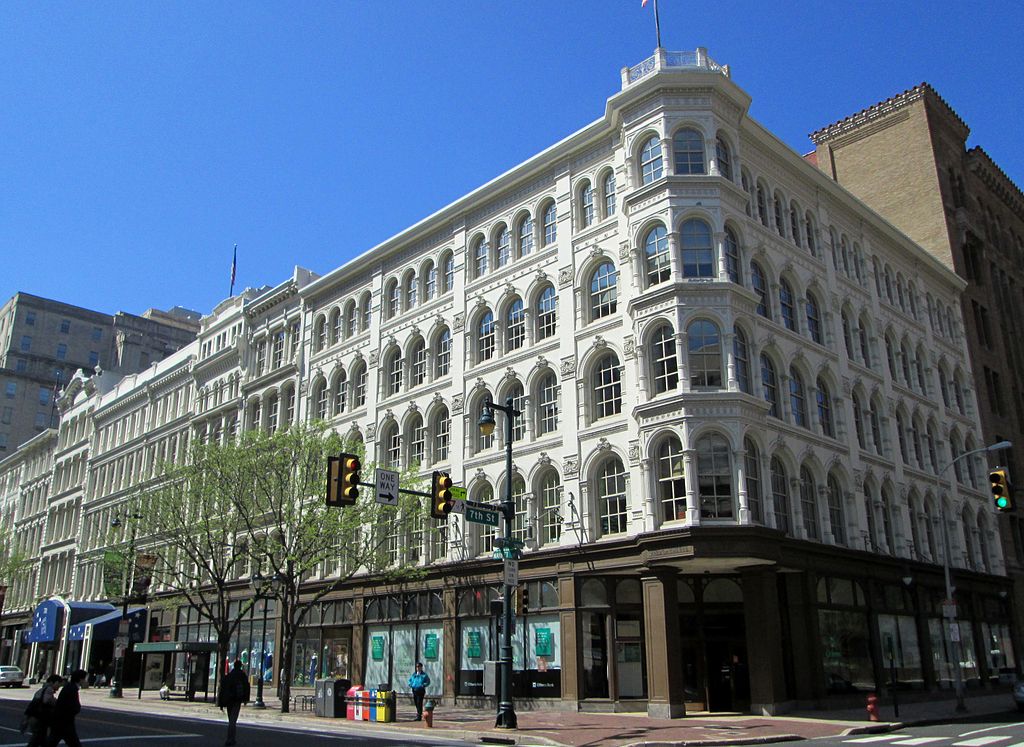
The National Register listed Lit Brothers building eventually came to be made up of an entire city block along Market Street in Philadelphia as it expanded into adjacent spaces and across the street.
Primarily designed by Edward Collins and Charles Autenreith, prominent architects of the commercial landscape in Philadelphia, the Italianate iron and stone façade of this building is described in the National Register nomination as one of the city’s most dramatic surviving “testimonials of 19th century capitalism” in Philadelphia.
Pomeroy’s Department Store – 322 Northampton Street, Easton, Northampton County
A contributing resource to the National Register listed Easton Historic District, the former Pomeroy’s Department Store originally found its place in downtown as Laubach’s Trade Palace in 1880.
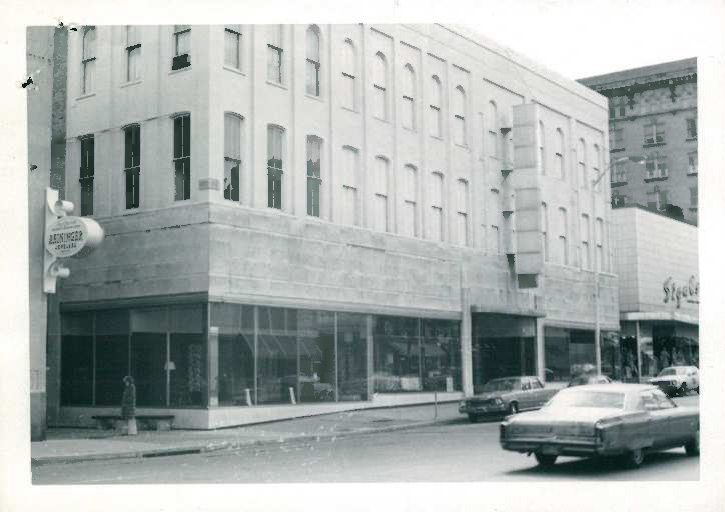
After serving the community for nearly sixty years, in 1937 the façade of the building was updated in the Art Moderne style and large plate glass windows were added along the ground floor level to catch the eyes of passing shoppers. The building has been rehabbed and today the commercial facilities on the ground floor house two restaurant spaces.
Nathan’s Department Store – 426 Main Street, Johnstown, Cambria County
The National Register listed Nathan’s Department Store in Johnstown, Cambria County, was one of the most important department stores in the early twentieth century in the region.
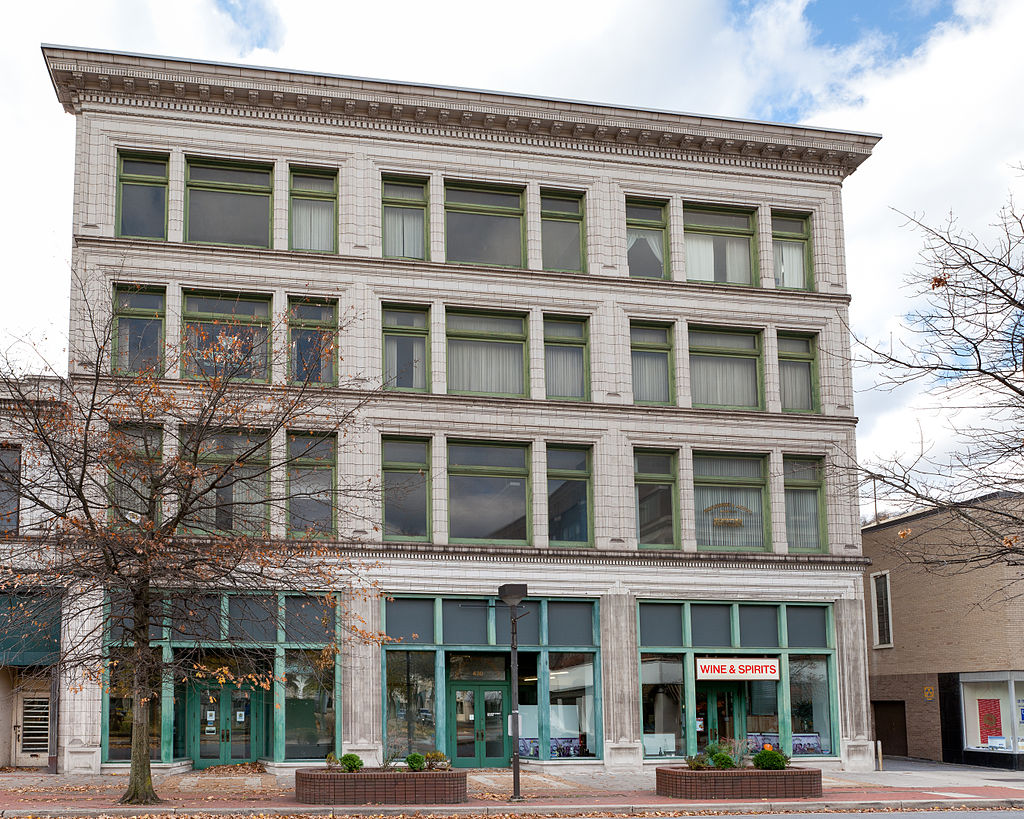
It was built in 1917 and catered to the considerable local customer base of miners, steel workers, and farmers. While the business changed hands – later becoming Kresege’s Department Store – the prominently located building remained one of the city’s most important retail locations through World War I, the Great Depression, the Johnstown Flood of 1936, a prolonged steel strike in 1937, and World War II, up until the disastrous flood of 1977. Today the building has been rehabbed and features several ground floor and second floor commercial spaces.
Kaufmann’s Department Store – 400 5th Street, Pittsburgh, Allegheny County
With its imposing terra cotta façade, the 1898 Kaufmann’s Department Store building is a contributing resource to the National Register listed Pittsburgh Central Downtown Historic District because of its architecture as well as its history of housing what would be twentieth century Pittsburgh’s “premier shopping emporium,” as characterized by the district’s National Register nomination.
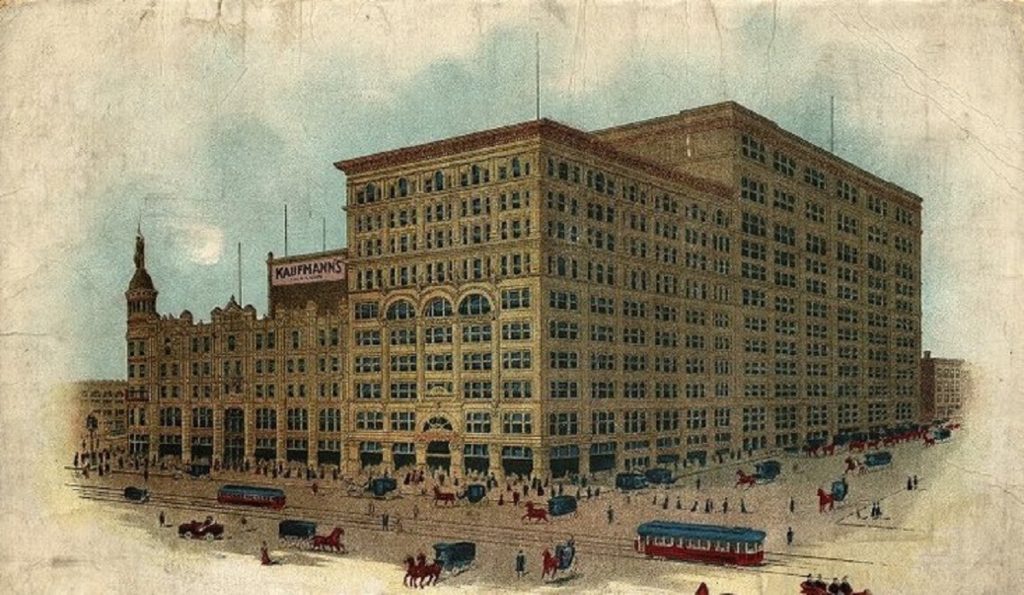
The prominence of Kaufmann’s as shopping destination and purveyor of elite goods propelled Edgar J. Kaufmann to social and civic prominence and led to his recognition as a noted patron of Frank Lloyd Wright – from whom he and his wife commissioned their house, Fallingwater.
Other department stores have also occupied the downtown space, and today the structure has been rehabbed into a mixed-use commercial and residential building.
Eureka Department Store – Somerset Avenue and 15th Street, Windber, Somerset County
The Eureka Department Store is a group of brick and frame Tudor Revival style buildings that were built between 1899 and 1961. The oldest portion of the building is the four-dormered section (pictured above) at the intersection of Somerset Avenue and 15th Street, which was constructed in 1899.
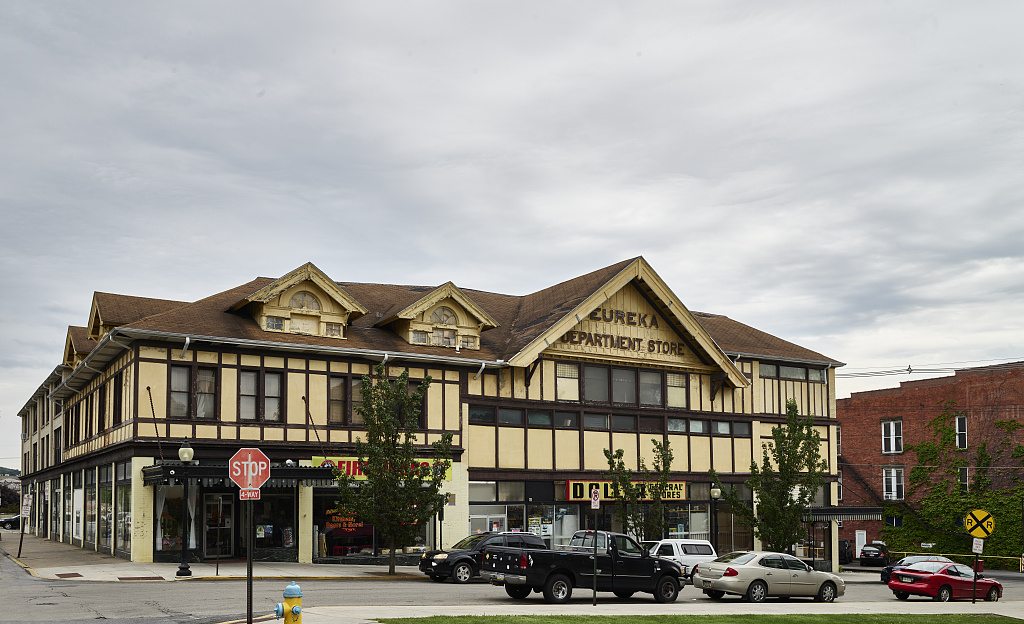
In addition to being the borough of Windber’s largest downtown commercial building, the Eureka Department Store building also tells an important story as the headquarters of the Berwind company’s department store chain and role in the cultivation of Berwind company towns.
Today the Eureka building continues to function as important downtown commercial space in Windber.
While the department store model has fallen from prominence in recent decades, the position of former department store buildings as commercial downtown linchpins in their communities has not changed. The rehabilitation and reuse of these structures bookends the important role of the department store in American commercial history.
Help us locate more of these places!
While all the above examples are included the PA SHPO’s database of historic resources (searchable by the names and locations), there are many examples of historic commercial buildings – like department stores – that have not yet been documented and submitted to the PA SHPO.
If you are interested in helping the PA SHPO identify and highlight important commercial buildings in your community, please reach out to PAGS (the Pennsylvania Above Ground Survey program) at elishultz@pa.gov or 717-346-9568 to share your knowledge!
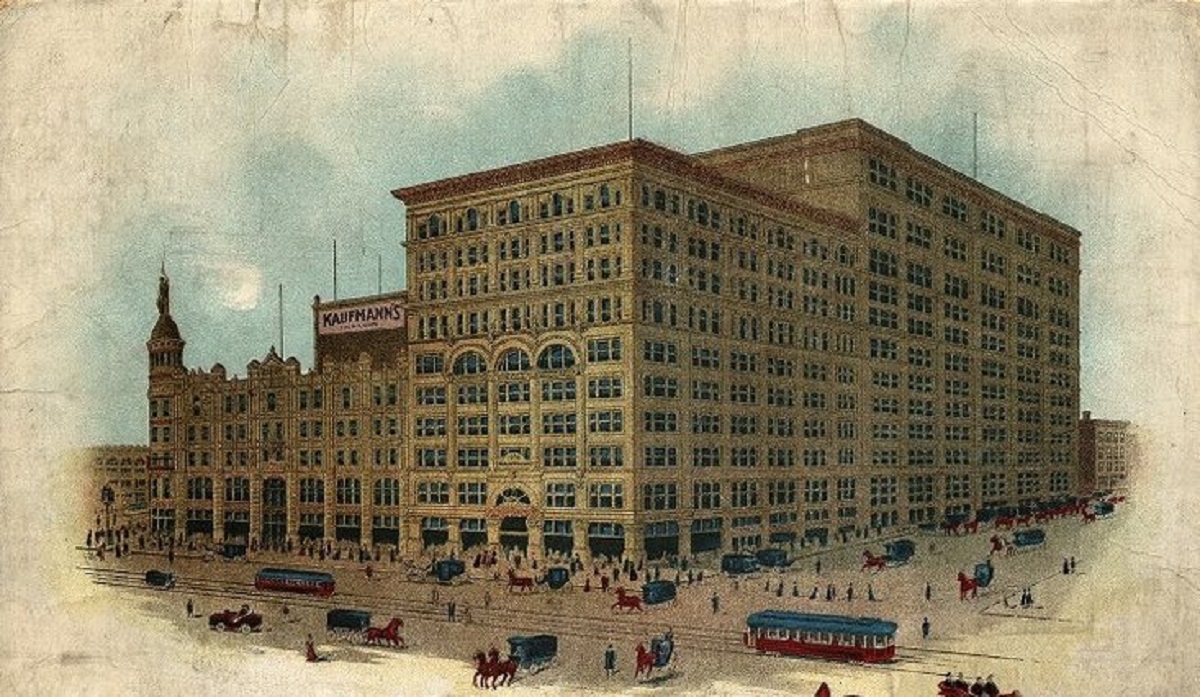
I really found this information so wonderful. I am 71 yes old and I remember several of the locations that you have highlighted. The one I enjoyed most was the window shopping with the African American Lady. Sooo Nice.
Thanks
Wanamaker’s and Strawbridge and Clothier in Philly.
Wanamakers in Philly! Cant believe this was left out of the article!
The Bowman Building in Sunbury, PA. (Fourth Street)
Philadelphia also had Gimbels and Strawbeidge and Clothiers as well as the first department store in the nation. Wannamskers was also known for its pipe organ that continues to give concerts to shoppers as well as providing the music for a highly lightboard display. Wannamskers also provided Philadelphians with a perfect spot to meet friends in town. Meet me at the eagle meant they huge, bronze eagle sculpture in the center of the first floor. But the organ is the thing. The entire building reverberates.
Dunham’s Department Store in Wellsboro, Pa. It was founded by R.J. and Fannie Dunham in 1905 as a grocery and grew to a traditional department store STILL owned and operated by the Dunham family complete with a Cafe serving Starbuck’s coffee, furniture store and a very active hardware store.
There also was Glosser Bros and Penn Traffic department stores in Johnstown. Also Hornes Department store in Pittsburgh
It doesn’t exist anymore but I know there is history on it. Hess’s. There was the location in the South Mall that they would put up the toy soldiers that where the height of the building during the holiday season. There was also the multi floor store in center city Allentown.
How about John Wanamakers (PHL) & Hess Brothers (Allentown)
Hess Brothers in Allentown, PA at 9th and Hamilton Sts. Unfortunately, it’s not there anymore. It was so special for so many
reasons, especially their Patio Restaurant.
Bowman’s Department Store in Sunbury
What an enjoyable and timely article! Department stores were the linchpins of many downtowns in PA — I am glad to see a few of them getting the recognition they deserve. Several significant department store buildings remain in Harrisburg — Bowman’s and Kresge’s on Market St. and Mary Saks — a significant woman owned
store with a distinctive designon N. 3rd St. all deserve some recognition.